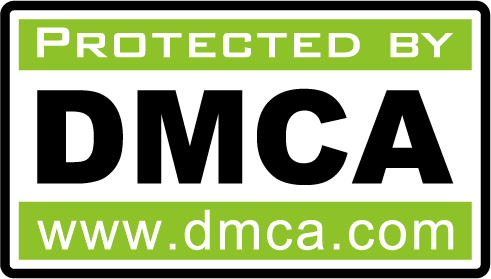In the cement industry, vibrating screens play a crucial role in various stages of production. These screens are essential for raw material screening, clinker screening, and finished cement screening. The types of vibrating screens used in the cement industry can be broadly categorized into Linear Vibrating Screens, Circular Vibrating Screens, Inclined Screens, and Horizontal Screens. Each type has specific features and applications that make them suitable for different stages of cement production.
1. Linear Vibrating Screens
Application: Linear vibrating screens are primarily used to screen fine particles and materials with light-specific gravity and low hardness. They are widely employed in industries such as food, chemical, building materials, and pharmaceuticals.
Features:
Feeding Size: ≤200-≤300 mm
Materials: Refractory material, iron powder, activated carbon, limestone, copper powder, etc.
Motion Track: Materials move forward in a straight line.
Inclination Angle: Generally small in production.
Material Construction: Mainly made of light plates or stainless steel plates.
Vibration Exciter: Composed of two shafts (double-shaft vibrating screen).
Environmental Protection: Fully enclosed structure without dust spillage.
Advantages:
Easy to arrange due to the small inclination angle.
More conducive to environmental protection due to its fully enclosed structure.
2. Circular Vibrating Screens
Application: Circular vibrating screens are mainly used to screen materials with much weight, large particle size, and high hardness. They are extensively utilized in mines, coal mines, quarries, and other mining industries.
Features:
Feeding Size: ≤400mm
Materials: Coal, limestone, gravel, metallic or nonmetallic ores.
Motion Track: Materials move in a circular manner.
Inclination Angle: Can be adjusted according to the material’s particle size to improve processing capacity.
Material Construction: Made of thick manganese steel plates to resist impact during screening.
Vibration Exciter: Single-shaft exciter using an inertia motor (single-shaft vibrating screen).
Advantages:
High efficiency due to adjustable inclination angle which optimizes material movement speed.
3. Inclined Screens
Application: Inclined screens are typically used for classifying materials into different grades between 2–5 types. They are commonly found in various industrial applications including cement plants.
Features:
Fixed at an inclined angle between 15° and 30°.
Entire body vibrates on helical springs circularly with gravitational acceleration aiding material flow.
Multi-deck arrangements allow classification into multiple grade types.
Components: Side walls, decks, screening media, exciter (driven by an external electric motor), electric motor console, spring supports.
Advantages:
Simple design with low maintenance needs.
Cost-effective due to bolt and nut connections preventing cracking associated with welding.
4. Horizontal Screens
Application: Horizontal screens are non-conventional designs used where space constraints or specific operational requirements exist.
Features:
Operate parallel to the ground or at a slight incline (0° - 5°).
Equipped with triple drive mechanisms producing elliptical vibration motion combining linear and circular vibrations.
Adjustability: Stroke can be adjusted between 14–20 mm; generally operates at 16–18 mm stroke with a rotational speed of 750 rpm.
Advantages: Combines benefits of both linear and circular vibrations:
Linear motion ensures consistent material transport velocity.
Circular motion prevents plunging of materials ensuring efficient screening.










